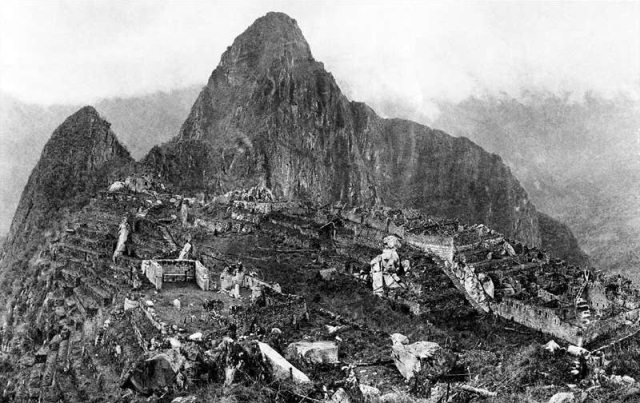Hiram Bingham III

|
Hiram Bingham
III
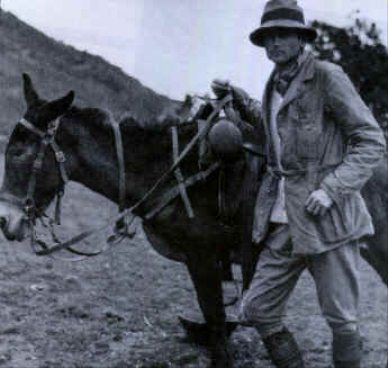 Hiram Bingham, formally Hiram Bingham III, (19th of November 1875 – 6th of
June 1956) was an American academic, explorer and politician. He rediscovered
the Inca citadel of Machu
Picchu in 1911 with the guidance of local Indigenous farmers. Later,
Bingham served as a member of the United
States Senate.
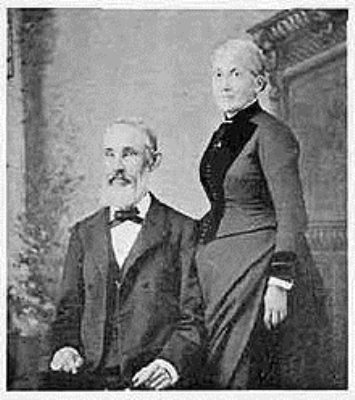 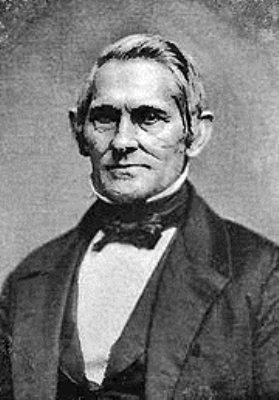 Hiram Bingham II and his mother.
Hiram Bingham I his grandfather Early life: Bingham was born in Honolulu,
Hawaii, to Hiram
Bingham II (1831–1908), an early Protestant missionary to the Kingdom
of Hawai'i, the grandson of Hiram
Bingham I (1789–1869), another missionary. He attended O'ahu College, now
known as Punahou
School in Hawai'i from 1882 to 1892. He went to the United States in his
teens in order to complete his education, entering Phillips
Academy in Andover,
Massachusetts, graduating in 1894. He obtained a BA from Yale
University in 1898, a degree from Berkeley in 1900 and a Ph. D from Harvard
University in 1905. While at Yale, Bingham was a member of Acacia
Fraternity. He taught history and politics at Harvard and then served as
preceptor under Woodrow
Wilson at Princeton
University. In 1907, Yale University appointed Bingham as a lecturer in South
American history. Archaeology: Bingham was not a trained archaeologist. Yet, it was during Bingham's
time as a lecturer later professor at Yale that he discovered the largely
forgotten Inca city of Machu
Picchu. In 1908, he had served as delegate to the First Pan American
Scientific Congress at Santiago,
Chile. On his way home via Peru, a local prefect convinced him to visit the pre-Columbian city of
Choquequirao. Bingham published an account of this trip in Across South America; an account of a
journey from Buenos Aires to Lima by way of Potosí, with notes on Brazil,
Argentina, Bolivia, Chile and Peru (1911). Bingham was thrilled by the prospect of unexplored Inca cities and in 1911 returned to the Andes with the Yale Peruvian Expedition of 1911. On the 24th of July 1911, Melchor Arteaga led Bingham to Machu Picchu, which had been largely forgotten by everybody except the small number of people living in the immediate valley (possibly including two local missionaries named Thomas Payne and Stuart McNairn whose descendants claim that they had already climbed to the ruins in 1906). Also the Cusco explorers Enrique Palma, Gabino Sanchez and Agustín Lizarraga are said to have arrived at the site in 1901. Bingham returned to Peru in 1912 and 1915 with the support of Yale and the National Geographic Society.
 Machu Picchu has become one of the major tourist attractions in South America, and Bingham is recognised as the man who brought the site to world attention, although many others helped to bring this site into the public eye. The switchback-filled road that carries tourist buses to the site from the Urubamba River is called the Hiram Bingham Highway.
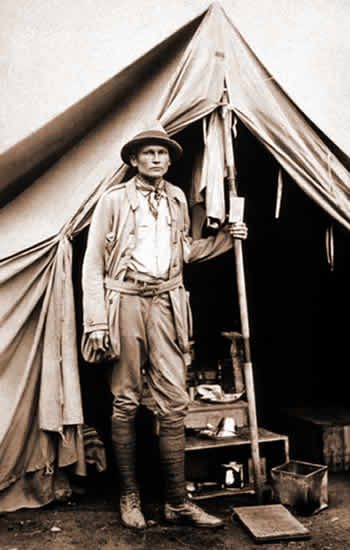 Bingham has been cited as one possible basis for the "Indiana Jones" character. His book Lost City of the Incas became a
bestseller upon its publication in 1948. Peru has long sought the return of the estimated 40,000 artifacts,
including mummies, ceramics and bones, Bingham had excavated and exported from
the Machu Picchu site. On the 14th of September 2007, an agreement was made
between Yale University and the Peruvian government for the return of the
objects. Though on the 12th of April 2008 the Peruvian government stated that
they had revised previous estimates of 4,000 pieces up to 40,000.
Prior discoverers of Machu Picchu: Soon after Bingham announced the existence of Machu Picchu others came forward claiming to have seen the city first, such as the British missionary Thomas Payne and a German engineer named J. M. von Hassel Recent discoveries have put forth a new claimant, a German named Augusto Berns who bought land opposite the Machu Picchu mountain in the 1860's and then tried to raise money from investors to plunder nearby Incan ruins. An 1874 map shows the site of Machu Picchu.
 Marriage and family:
He married Alfreda Mitchell, granddaughter of Charles
L. Tiffany, on November 20, 1899, and had seven sons: Woodbridge (1901–1986)
(professor), Hiram Bingham IV (1903–1988) (Diplomat and World War II hero, responsible for
saving many Jewish lives from the Nazi's), Alfred Mitchell Bingham (1905–1998)
(lawyer and author), Charles Tiffany (1906–1993) (physician), Brewster
(1908–1995) (minister), Mitchell (1910–1994) (artist), and Jonathan
Brewster Bingham (1914–1986) (Democratic Congressman).
After a divorce he married Suzanne Carroll Hill in June 1937. In 1982
Temple University Press published Char Miller's doctoral dissertation on the
Bingham family titled "Fathers and sons: The Bingham family and the American
mission." Military: Bingham achieved the rank of captain of the Connecticut National Guard in 1916. In 1917, he became an aviator and organized the United States Schools of Military Aeronautics. He served the Aviation Section, U.S. Signal Corps and the Air Service, attaining the rank of lieutenant colonel. In Issoudun, France, Bingham commanded the primary Air Service flying school. He became a supporter of the Air Service in their post-war quest for independence from the Army and supported that effort, in part, with the publication of his wartime experiences titled, An Explorer in the Air Service published in 1920 by Yale University Press.
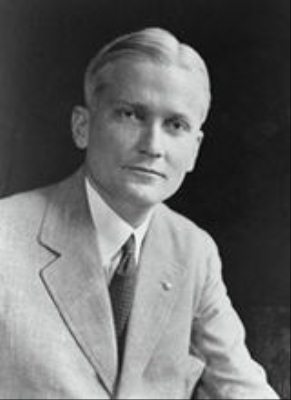 Politics: In 1922, Bingham was elected Lieutenant Governor of Connecticut, an
office he held until 1924. In November 1924, he was elected Governor. On the
16th of December 1924, Bingham was also elected as a Republican to serve in the
United States Senate to fill a vacancy created by the suicide of Frank
Bosworth Brandegee. Bingham defeated noted educator Hamilton
Holt by a handy margin. Now both Governor-elect and Senator-elect,
Bingham served as Governor for one day, the shortest term of any Connecticut
Governor. Bingham was re-elected to a full six-year term in the Senate in
1926. Senator Bingham was Chairman of the Committee on Printing and then Chairman of the Committee on Territories and Insular Possessions. President Calvin Coolidge appointed Bingham to the President's Aircraft Board during his first term in the Senate; the press quickly dubbed the ex-explorer "The Flying Senator". Bingham failed in his second reelection effort in the wake of the 1932 Democratic landslide following the Great Depression and left the Senate at the end of his second term in 1933. During World War II, Bingham lectured at several United States Navy training schools. In 1951, Bingham was appointed Chairman of the Civil Service Commission Loyalty Review Board, an assignment he kept through 1953.
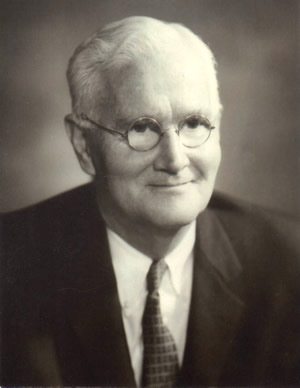 Censure in the Senate: The Senate Judiciary Subcommittee investigated an arrangement between
Bingham, his clerk, and a lobbyist who agreed to pass information on to
Bingham's office after executing a plan that was irregular, "even by the
standards of his day." Bingham took his clerk off duty, and paid his salary to
the lobbyist, thus allowing him to attend as a Senate staffer to closed meetings
of the Finance Committee's deliberations on tariff legislation. The initial
ruling of the Judiciary Subcommittee was a condemnation of Bingham's scheme; but
recommended no formal Senate action. Subsequently, Bingham decided to label the
subcommittee's inquiry as a partisan witch hunt, provoking further Senate
interests which eventually lead to a resolution of censure that passed on the
4th of November 1929, by a vote of 54 to 22. Death: On the 6th of June 1956, Bingham died at his Washington, D.C. home. He was interred at Arlington National Cemetery in Virginia.
Machu Picchu as Hiram first saw it in
1911
ALL IN ALL HIRAM BINGHAM III WILL ALWAYS BE REMEMBERED WITH MACHU PICCHU |
